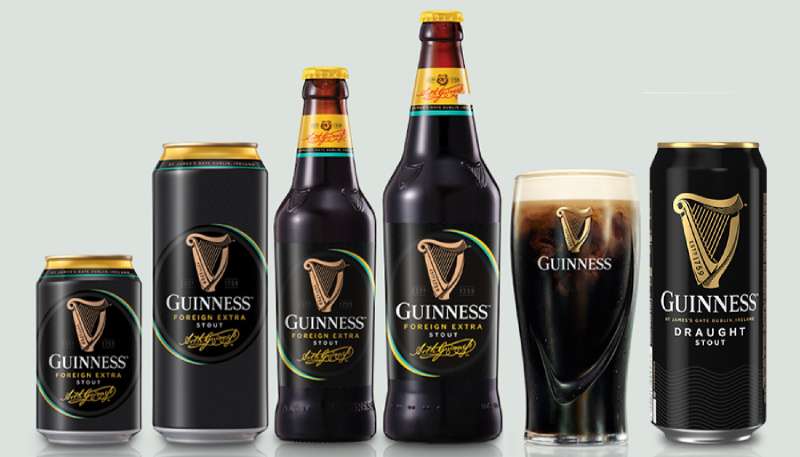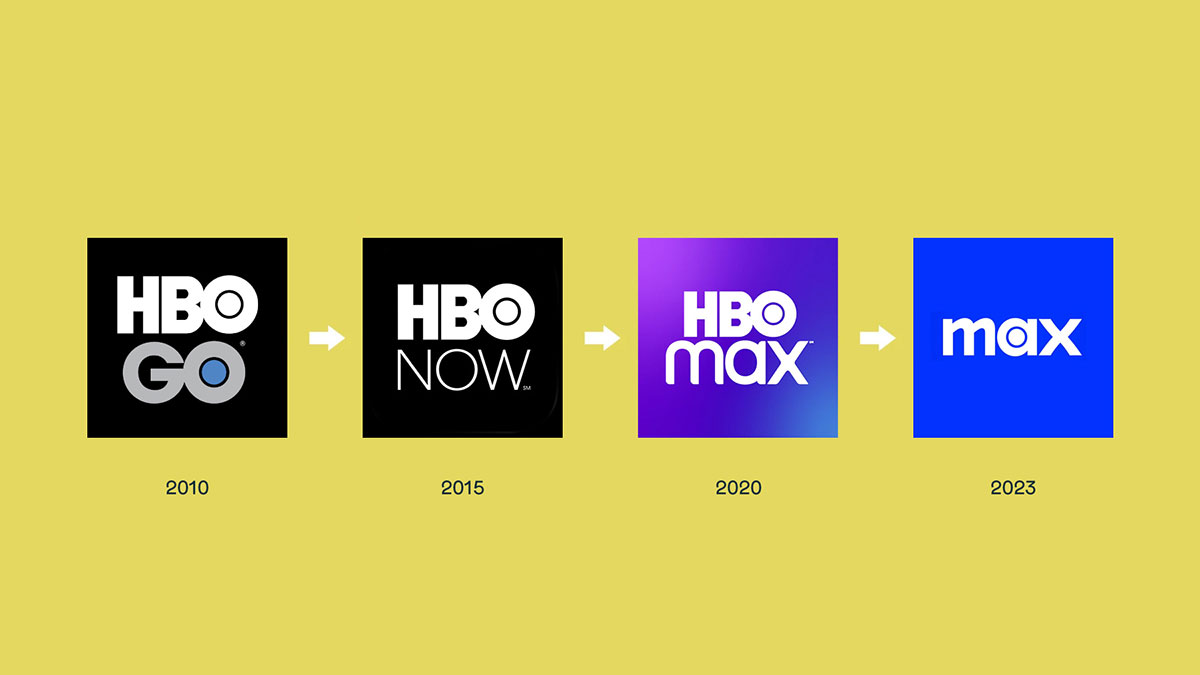Evolution in Identity: Companies That Rebranded Successfully
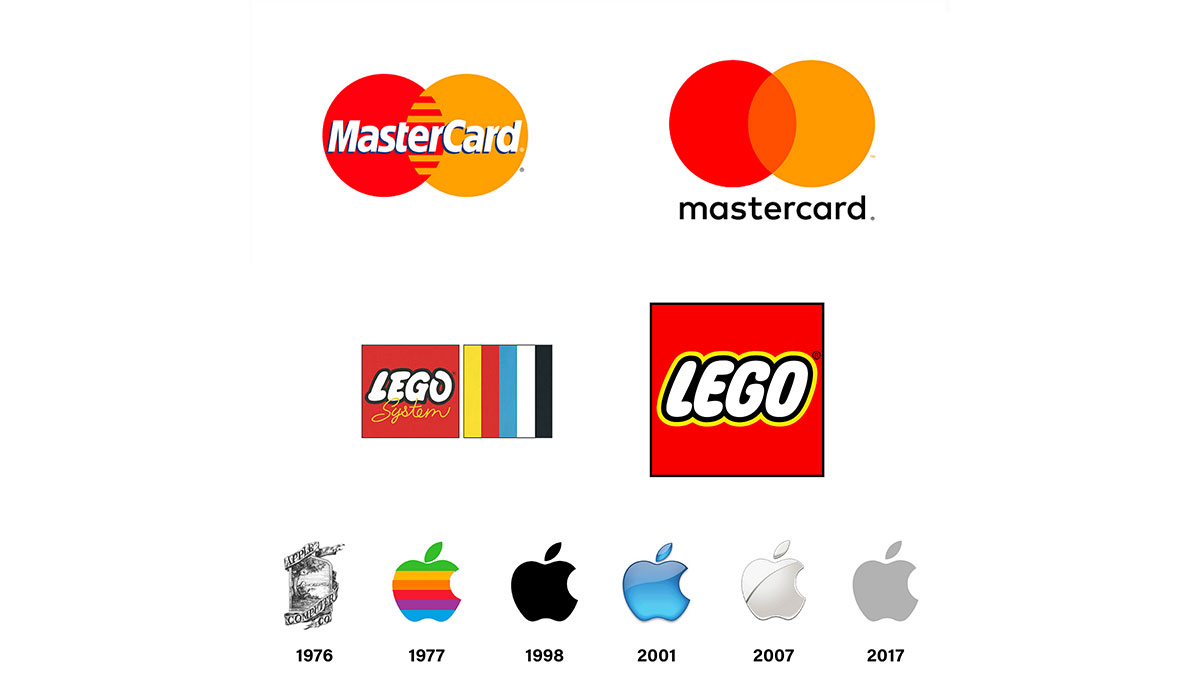
Ever witnessed a butterfly emerge, totally revamped? That’s what rebranding can do for companies. Imagine your go-to coffee place swapping its sign overnight—bam! captivating you anew.
That’s the power of rebranding at work. Here, let’s uncover this metamorphosis of brands.
From subtle logo tweaks to total brand transformation, each case is a nod to innovation. It’s not merely about slapping on a fresh coat of paint. It’s strategic, a calculated move to stay ahead in a game that’s constantly changing.
You’ll see stories of corporate rebranding, where intuitive visuals meet brand messaging, all aimed to resonate better with folks like us.
By article’s end, you’ll be clued-up on why a corporate identity overhaul may just be the Hail Mary a brand needs.
Taking cues from successful facelifts to infamous flops, you’ll appreciate how crucial evolution is in the brand lifecycle. Dive in, and decode how those bold marketing rebrand choices can spell triumph or spell trouble.
Companies That Rebranded Successfully
Apple’s Reinvention (1997)

Totally blew minds when Apple ditched the rainbow vibes for that sleek, monochrome apple. Steve’s comeback wasn’t just a fresh coat of paint—it redefined Apple.
They broke out from the computer gang, crafting a path in consumer electronics. Each product drop, from iMac to iPad, was a mega-hit. These moves? Textbook examples of brand evolution.
Airbnb’s New Horizon (2014)
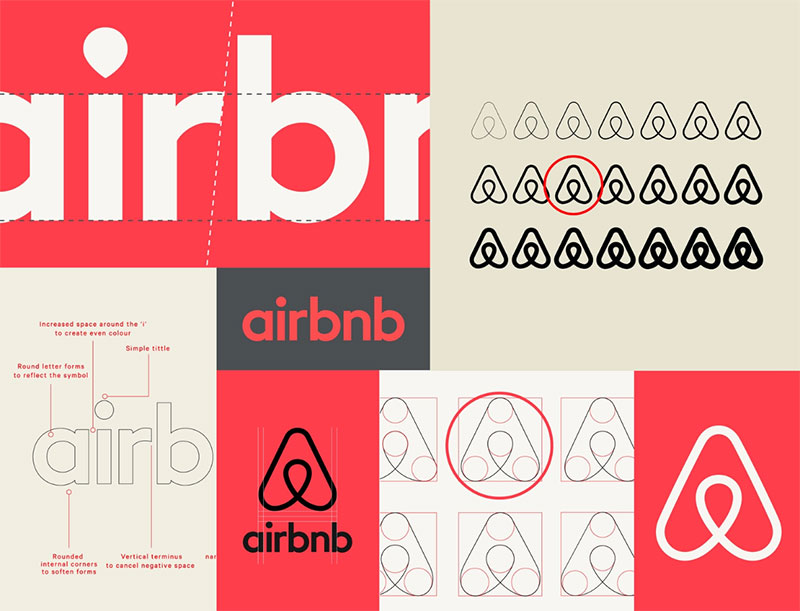
Airbnb’s shift? Not just a logo redesign—it’s the birth of “Bélo.” Tapped into the essence of belonging, they reshaped the experience—at once global and local.
This was a branding strategy swivel from budget beds to community threads. Site and app got a makeover too—oozing accessibility and communal vibes.
Old Spice Goes Viral (2010)

Talk about shaking off the dust—Old Spice was grandpa’s cologne until this marketing rebrand blasted through. “The Man Your Man Could Smell Like” wasn’t just a chuckle fest; it shifted the brand’s entire market positioning. Nailed targeting the younger demo with humor—sales soared, brand image totally revitalized.
Burberry’s Image U-Turn (1997-2018)
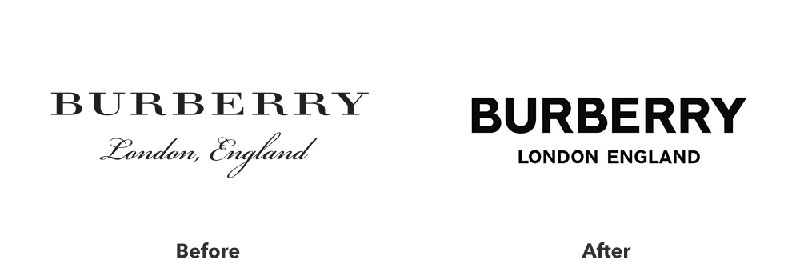
Once, Burberry’s patterns kinda mixed with gang insignia—not cool. They flipped the script big-time, the rebranding over years?
Pure gold. Swanky new designs mixed with A-lister collabs meant catching the eyes of the in-crowd. Talk about digital marketing superpowers and brand refresh mastery.
Microsoft’s Cohesive Pivot (2012)

When Microsoft’s logo switched up after two and a half decades, it was a major “heads up” moment. Chat about corporate rebranding—the lead-up to Windows 8’s arrival.
It’s like they said, “Let’s become one big happy family”—streamlining the user experience across all the devices and services.
Spotify’s Energetic Burst (2015)

Enter Spotify’s rebrand, splashing vibrant colors everywhere, marketing campaigns buzzing with electricity.
In the dog-eat-dog realm of music streaming? They stood out, screaming creativity, innovation, and off-the-charts music discovery.
Dunkin’s Menu Mix-up (2019)

From Dunkin’ Donuts to just Dunkin’—a name change pointing to more than morning sugar.
Brand overhaul aimed to serve up way more, hitting the spot for folks wanting quick bites and sips. This rebrand was about staying fresh, hitting home runs in modern tastes and variety.
Instagram Gets Iconic (2016)
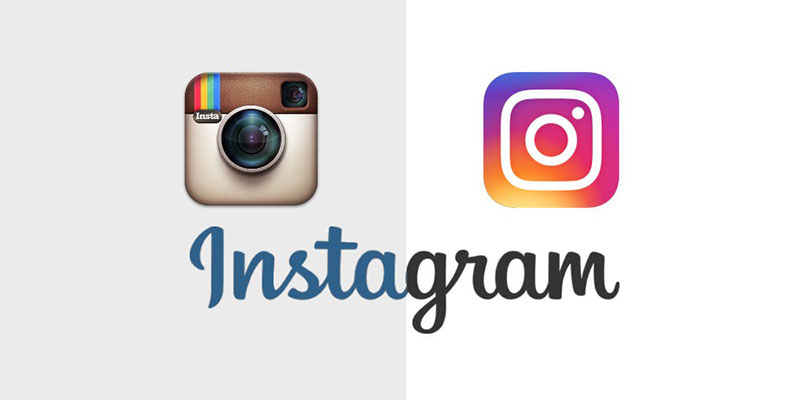
Instagram’s logo swap-up canned the realistic camera for a simplistic icon—a burst of colors.
This reimagined identity mirrored their growth spurt: From snaps to stories, videos, DMs, they weren’t just about pics anymore. It’s a social network evolution.
FedEx Delivers Precision (1994)
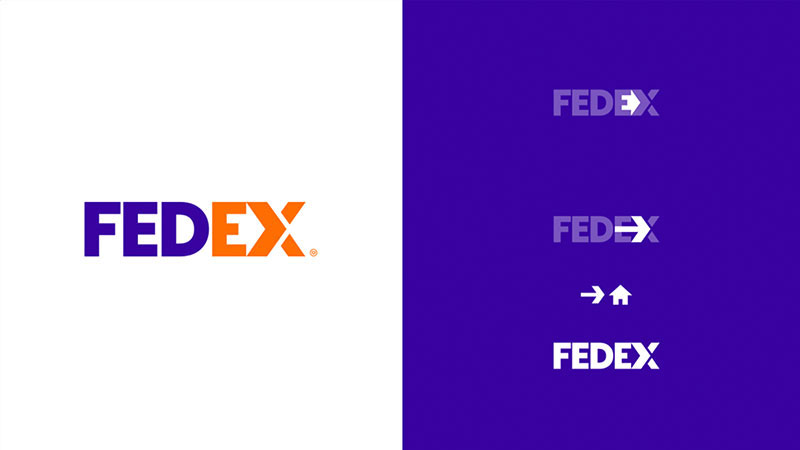
Hit on a clever twist—Federal Express shortens to FedEx, playing up the need for speed and spot-on delivery.
A genius rebranding campaign, the new logo with its sneaky arrow winked at precision and reliability—became their hallmarks.
Google’s Friendly Makeover (2015)
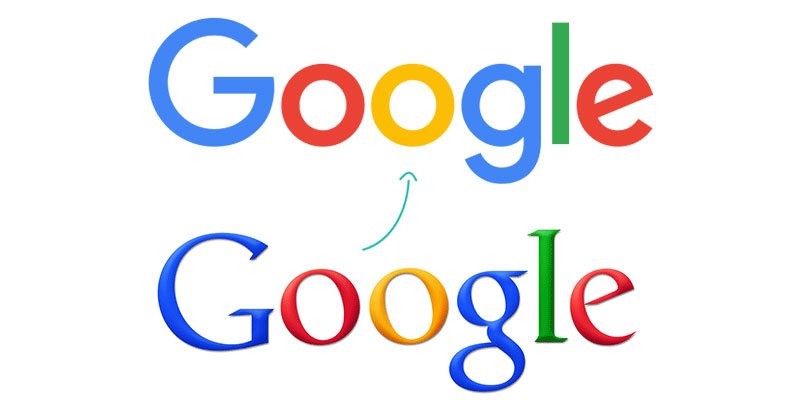
Even Google got into the game, waving goodbye to serifs for a friendlier sans-serif world.
A brand transformation reflecting their journey from search pros to a full-on tech ecosystem. Their logo simplification? A nod to being more user-friendly.
Target’s Style Shift (2004)
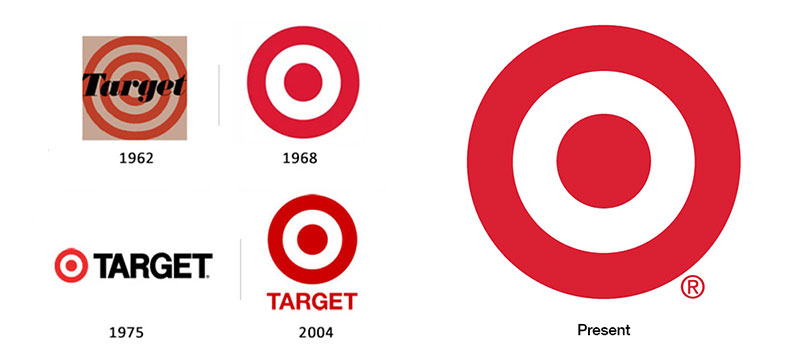
Target took a leap from bargain aisles to ‘cheap chic’ coolness. Their partnerships with top-tier designers changed the game—made folks see dollar-saving can still be stylishly savvy.
They snagged the fashion-forward crowd without scaring off the bargain hunters. Smart, right?
McDonald’s Sprouts a New Leaf (2000s-present)

McDonald’s isn’t napping on trends—they’re all about the brand realignment to quality and wellness.
Menu’s got new hues of health, and stores got a café-style facelift. Their branding echoes sustainability—responding to the healthier world calls.
LEGO’s Creative Comeback (2000s)

LEGO was close to hitting the bricks, but then they played smart.
Stuck to their core, rallied their community, and ventured into the virtual realm.
Those moves paid off—now they’re a cross-generational power-brand.
Mastercard’s Minimalist Edge (2016)

Mastercard’s rebranding steps? Cutting the fat, leaning up to just those iconic circles.
A minimalist logo that’s all about being recognized, fast. Perfect for the speed of digital—slick, fast, spot-on.
Guinness Brews New Directions (2005, 2016)
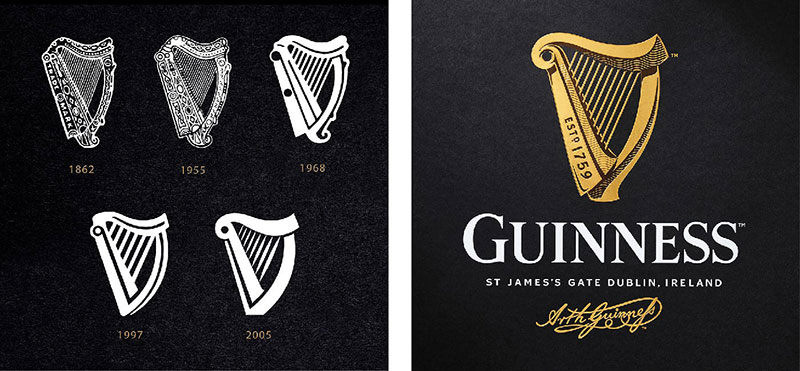
Guinness isn’t just your old man’s pint anymore. They’ve rebranded, time and again, keeping the legacy but mixing modern tastes like Guinness Blonde.
They’ve been giving the craft beer scene a run for its money, staying solid in the shifting tides.
IBM’s Tech Transition (1972)
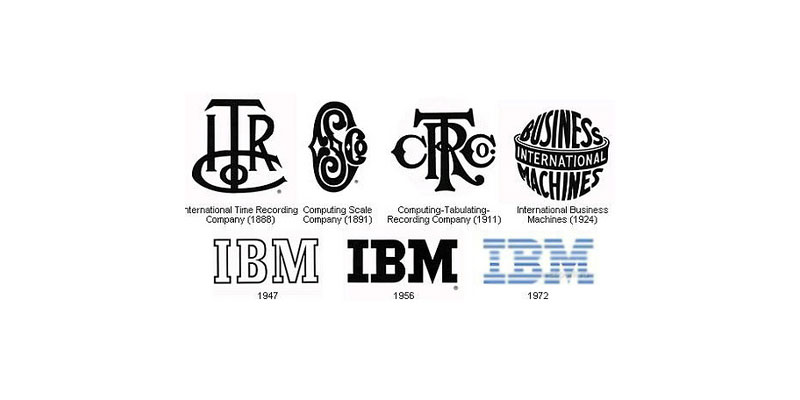
IBM said goodbye to hardware hangouts, now dealing in top tech solutions. Their brand’s facelift? Sleek, modern, directly channeling their vision for innovative excellence.
Starbucks’ Siren Sings Alone (2011)
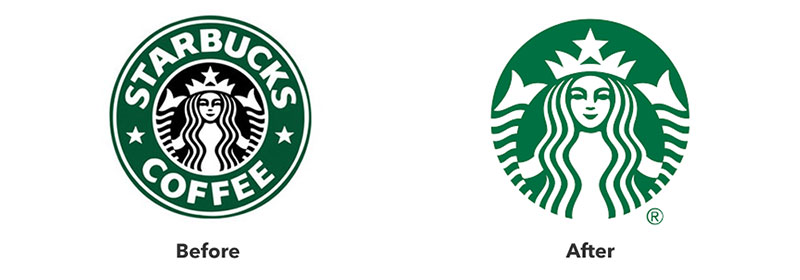
Starbucks clipped some extras off their logo—leaving just the siren.
Why?
Well, it’s saying “Hey, we’re more than coffee,”—stepping into a larger playground. Plus, aiming for that immediate, global recognition.
Reasons for Rebranding
Internal Factors
Think about it. A person evolves, so why not a brand? Brands—the bold and the shy ones—they all reach a fork in the road somewhere.
Shift in company vision or values
Sometimes, it’s like waking up with a new dream.
The world spins, and suddenly, what you stand for needs a new voice, a different color. Whether a brand decides to champion sustainability or tech innovation, it cues the need to morph—the visual identity singing a different tune.
Product or service evolution
Imagine a caterpillar—now imagine it sprouting wings. That’s your product line, outgrowing its cocoon.
It happens—a tech company dips its toes in eco-friendly waters, or a fashion brand discovers yoga pants. It shakes up the scene, whispering to companies that rebranded: it’s time to sprout new wings.
Merger or acquisition
Here come the big league changes. Two entities morphing into one—like tying two balloons together and hoping they soar.
This isn’t just a handshake; it’s a DNA splice. The new entity born from such a union demands a new birth announcement—a rebrand to sing the song of this fresh entity to the world.
External Factors
And yet, beyond the walls, the world doesn’t stand still, does it? External winds blow, and brands must bend and twist to keep from breaking.
Changing market dynamics
Trends. They’re like the tides—try to stand still, and you’ll be washed away.
Brands, they’ve got to ride these waves. The savvy ones, they pick up on whispers, turn them into roars.Market trends—they’re the charts making or breaking strategic branding decisions.
Legal or cultural sensitivities
A word out of line, a color clashing with a cultural heartbeat—it’s a tightrope walk.
Global landscapes mean stepping gently, being aware of the cultural fabric. A misstep here? It’s a fall into a chasm of outrage. Better to repaint and rewrite than to risk that plunge.
Competitive landscape
And there, in the wild, are the others—the competitors. Fierce or friendly, they’re part of the story.
A rebrand, sometimes, it’s a keepsake. Other times, a gauntlet thrown. It’s staying not just in the game, but ahead—a quest for relevance in a crowded jostle of market repositioning.
Risks and Challenges of Rebranding
Risk of Alienating Existing Customers
It’s like inviting your family to a surprise dinner and serving them a cuisine they’ve never tasted. There’s excitement, but what if they just wanted the usual comfort food? This happens. Companies that rebranded have felt the cold shoulder from customers who didn’t take to the new taste.
Some case studies? New Coke had fans clamoring for the classic. Gap’s logo change saw such opposition, they snapped back to the old one within a week. It speaks volumes.
Now, mitigating this matter of preference, it’s an art. Effective strategies? Loop customers into the journey. Engage, listen, and slowly introduce the new flavors while keeping a dash of the old, familiar blend.
Consistency and Cohesion Challenges
Imagine, Monday the Twitter handle looks one way, by Friday the Instagram profile is from a different planet. Confusing, right? Brands face this a lot. The goal? Seamless, so you recognize a friend’s voice, whether in a crowded party or a quiet café.
Maintaining brand consistency across platforms is a tightrope walk. It’s aligning brand messaging with the visual identity, making sure they hold hands across every touchpoint.
Aligning new brand elements with company identity? That’s the cornerstone. Keep the soul, change the outfit—it should all feel like different chapters of the same book.
Financial Implications
Here’s the hush-talk in the breakroom—the bills that pile up. Companies that rebranded know this well. It’s a financial seesaw.
Design, marketing, launching—that’s the cost of rebranding. And it’s not just pocket change. The payoff? You hope it’s a pot of gold, but first comes the dip. Market repositioning isn’t instant magic; it’s a watchful, hopeful wait.
Strategies for Successful Rebranding

In-depth Market Research
Dive deep. That’s the first step. It’s not just about what you think your brand is; it’s about what they—those on the outside—believe it is. Tap into the chatter, the unspoken feelings about your brand. Analyzing current brand perception is like holding up a mirror; sometimes what you see surprises you.
Next, zero in on who’s really listening. Who loves your brand? Who could love your brand? Identifying your target audience is key. You’re tossing messages in bottles out into a sea of potential. Knowing who’ll fish them out—that’s gold.
Surf on the market trends too. They tell tales of what’s buzzing, what’s fizzing out. Listen close, and your roadmap for a successful rebrand starts taking shape.
Clear Vision and Objectives
Know your destination. Without that, it’s like hitting the road without a map. A rebranding strategy without clear vision and objectives? You’ll end up going in circles.
What do you want to achieve? A wider smile from the market? A stronger handshake with emerging tech? Spell it out. Make goals like you make promises—intending to keep them. Every step, every splash of color and twist of text must reach for these milestones.
This isn’t just artwork; it’s a calculated art. The grander scheme, your overall business strategy? Your rebrand should waltz perfectly in tune with it. Step by step.
Effective Communication Plan
Okay, now to share the big news. Start inside. Your team, your family, those hallways you walk down every day—align them first. A solid internal communication framework gets everyone on the same page. Email blasts, workshops, the occasional cupcake—whatever it takes to get the buzz going.
Now for the drumrolls—the world stage. External communication plays out your grand reveal. Press releases that sing, social media that dances—it’s how you introduce your new face to the adoring, or skeptical, crowd. Craft this story well. It’s your ‘Hello’ in a crowded room, your spotlight moment.
FAQ On Companies That Rebranded
Why do companies decide to rebrand?
They rebrand to stay fresh. It’s like hitting the refresh button. Markets evolve, consumer tastes shift, and so must they. A sharper brand image connects with newer generations, reflects evolved values, or just cuts through market noise more effectively.
Reputation management often fuels this change—think crisis rebound or simply staying relevant.
What are some famous rebranding successes?
Okay, so, Apple’s shift from geek to sleek is classic. They totally nailed it with minimalist aesthetics and a user-focused approach. Airbnb, too.
That logo switch to ‘Bélo’ symbolized belonging, and it clicked with travelers worldwide. Successful rebrandings don’t just change appearances; they drive deeper brand perception and loyalty.
How do companies approach the rebranding process?
It’s no impulse buy; it’s a marathon. Businesses start with digging deep into their brand reputation—what works, what’s outdated. They talk to customers, employees, and sometimes, even their critics.
Intensive market research, brand strategy workshops, the whole nine yards. Then, corporate identity gets a full makeover—name, logo, messaging, you name it.
What are common pitfalls in rebranding?
Rushing without researching? Prepare to stumble. Ignoring loyal customers’ sentiments is another no-go. Oh, the backlash can be harsh.
Some rebrands come off as insincere, like dressing up a wolf in sheep’s clothing. Transparency, alignment with the company’s history, and genuine market repositioning can avoid a nasty fall.
How does a rebranding affect existing customers?
Tricky part, that. Done right, it reminds them why they loved you in the first place, maybe even rekindles the flame. But get it wrong, and it’s confusion and alienation.
The key is maintaining brand consistency while showing customers the upgrade enhances what they already value in the brand.
What role does employee engagement play in rebranding?
Huge, actually. Imagine your team not buying into the new you. Disastrous. They’re your brand ambassadors, after all. Inclusion through the process, clear internal communications, and public relations make the transition smoother.
Employees must live and breathe the rebrand before it can win over the outside world.
Can rebranding have a positive impact on stock prices?
Totally dependent on the rebranding strategy, but here’s the thing—it can. Investors love innovation when it’s backed by strong marketing strategies and promises growth.
A successful rebranding signals resilience, adaptability, and forward-thinking. That uptick on the market ticker? That’s confidence translating into numbers.
Is rebranding only about changing logos and visual identity?
Far from it. It’s like saying cooking is only about plating. Sure, visuals are the face of the brand, but rebranding dives into corporate communications, brand positioning, and consumer perception.
It’s a holistic shift that alters how the world interacts with and understands the brand across all touchpoints.
How do rebranded companies measure success?
Metrics, metrics, metrics. Did revenue spike? How’s the customer sentiment prepping up? Social media buzz—sizzling or fizzle?
From consumer engagement stats to brand recall and market share, companies track a range of indicators to gauge whether the rebranding was a touchdown or a fumble.
Does every rebrand involve a complete overhaul?
Not all the time. Sometimes it’s subtler—a visual identity overhaul, maybe a new tagline. Even a brand relaunch with the same old logo but a revamped brand message to match the times. It’s about what will push that brand forward in the grand scheme of things.
Conclusion
Embarking on a rebrand? Well, we’ve journeyed through the valleys and peaks of company metamorphoses. We’ve seen giants stumble and underdogs soar. Recognized the imperative for brand evolution. Noted that a logo redesign is more than just a swap of colors. It’s about resonating with hearts, sparking connections.
The winding paths of brand relaunch map out more than just an upgraded visual identity. They unwrap fresh narratives, etch new perceptions. And amidst this, the core remains—brand consistency, the silent anchor.
So, when the curtain drops on these stories of transformation, one thing stands clear. The rebranding success stories don’t just end with market applause; they begin there. Each company rebranding example is a lesson, a flicker of possibility for what’s next on the horizon—a prelude to growth, a promise of staying ablaze in an ever-shifting market.
That’s a wrap, then—on the tales of companies that rebranded. Keep the essence, change the face, and may your own journey be a roaring success.
If you liked this article about companies that rebranded, you should check out this article about how to measure brand loyalty.
There are also similar articles discussing brand crisis management, the brand naming process, how to measure brand performance, and the Peloton rebranding.
And let’s not forget about articles on brand positioning examples, rebrand announcements, the rebranding checklist, and the Banana Republic rebrand.
- Purple Color Palettes Fit for Royalty - 16 May 2024
- How To Find A Font: Top Font Finders To Use - 16 May 2024
- The Guinness Logo History, Colors, Font, And Meaning - 15 May 2024




